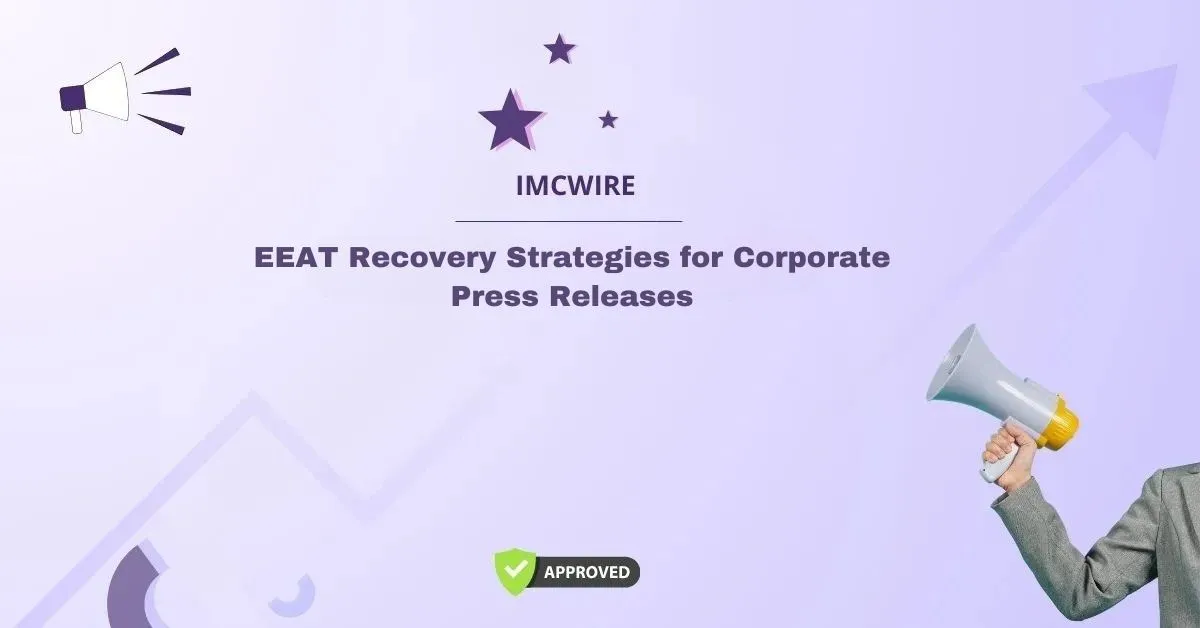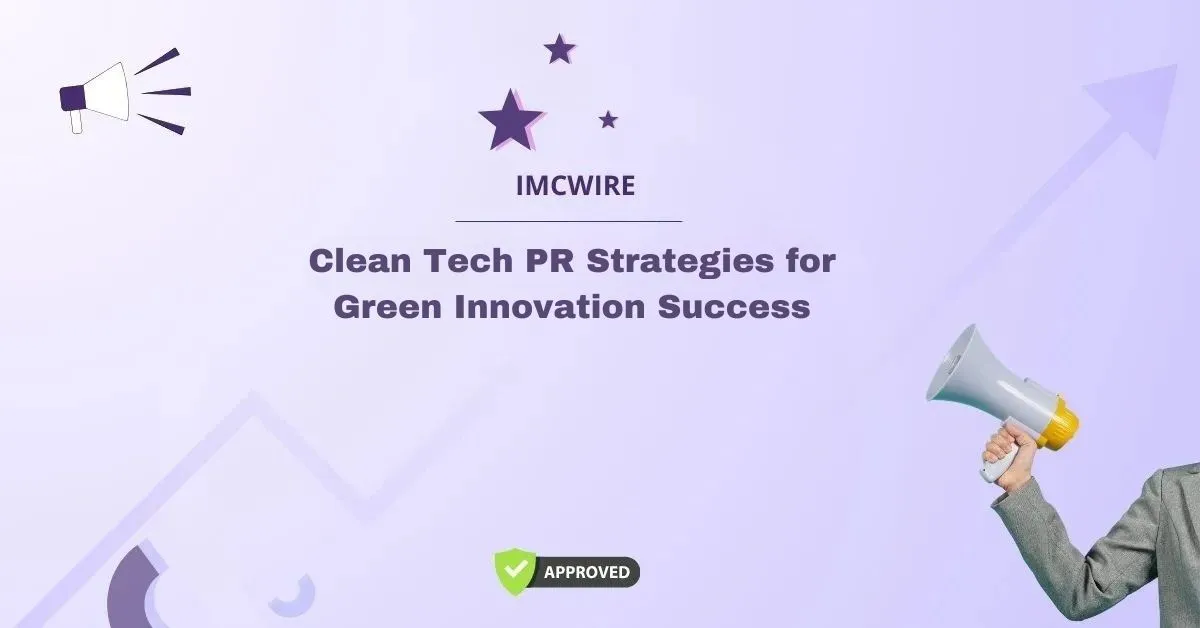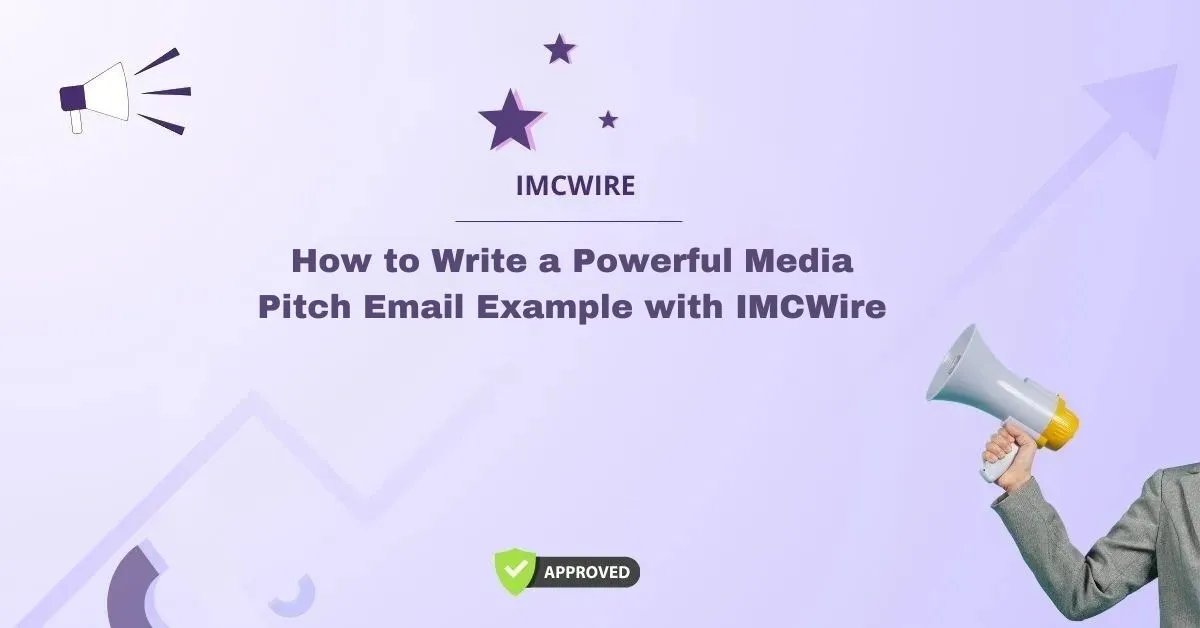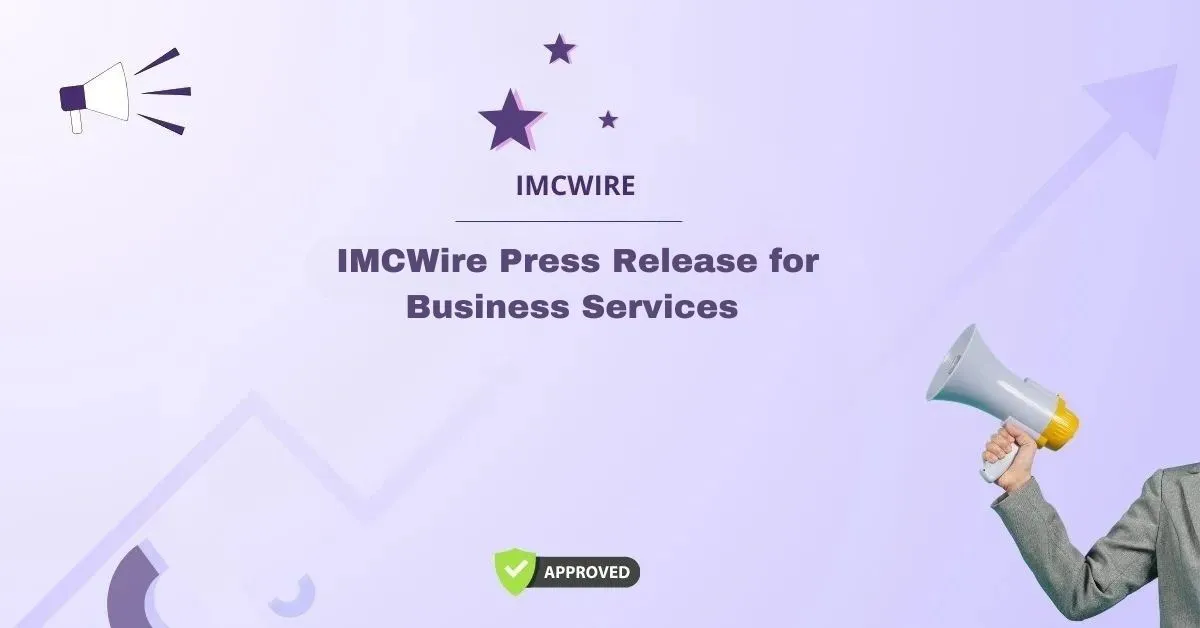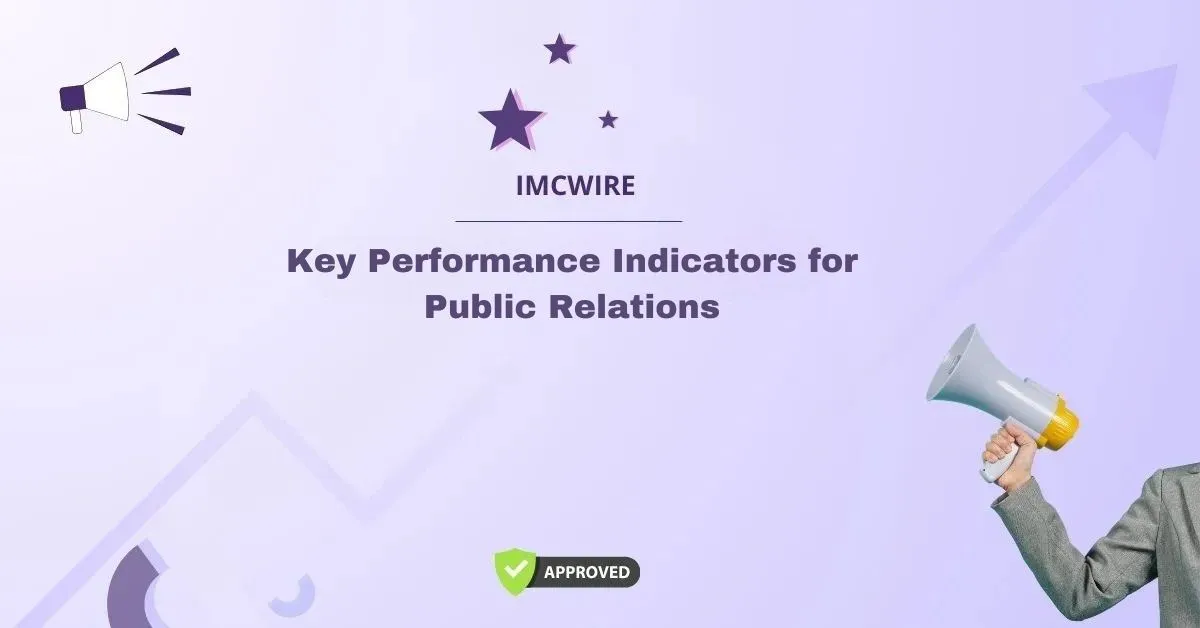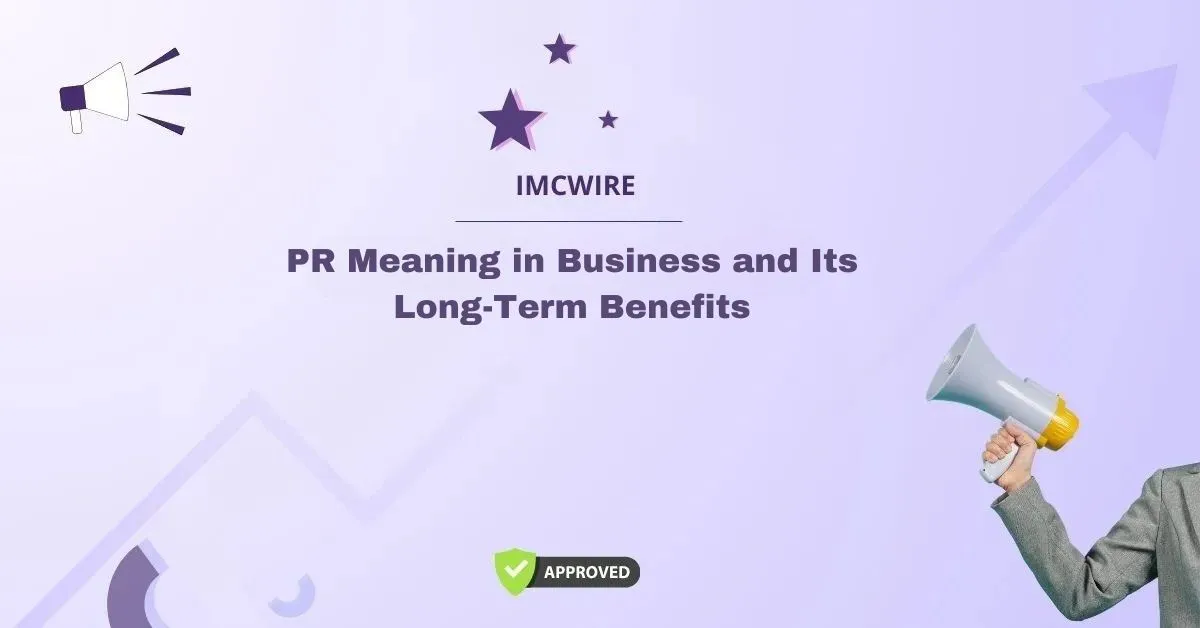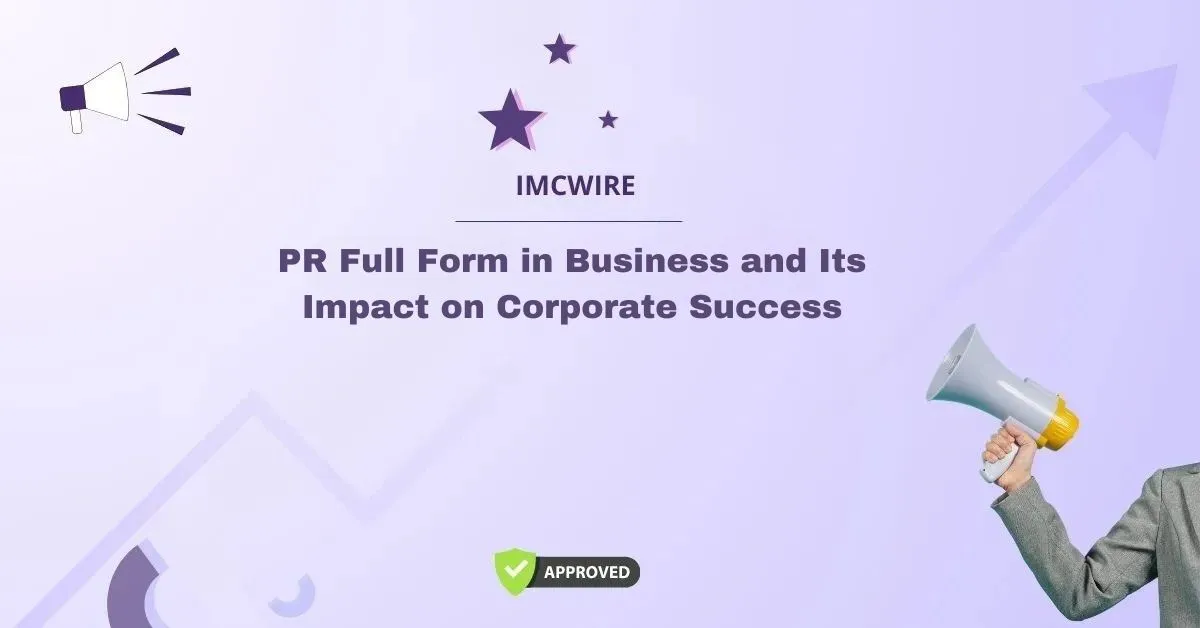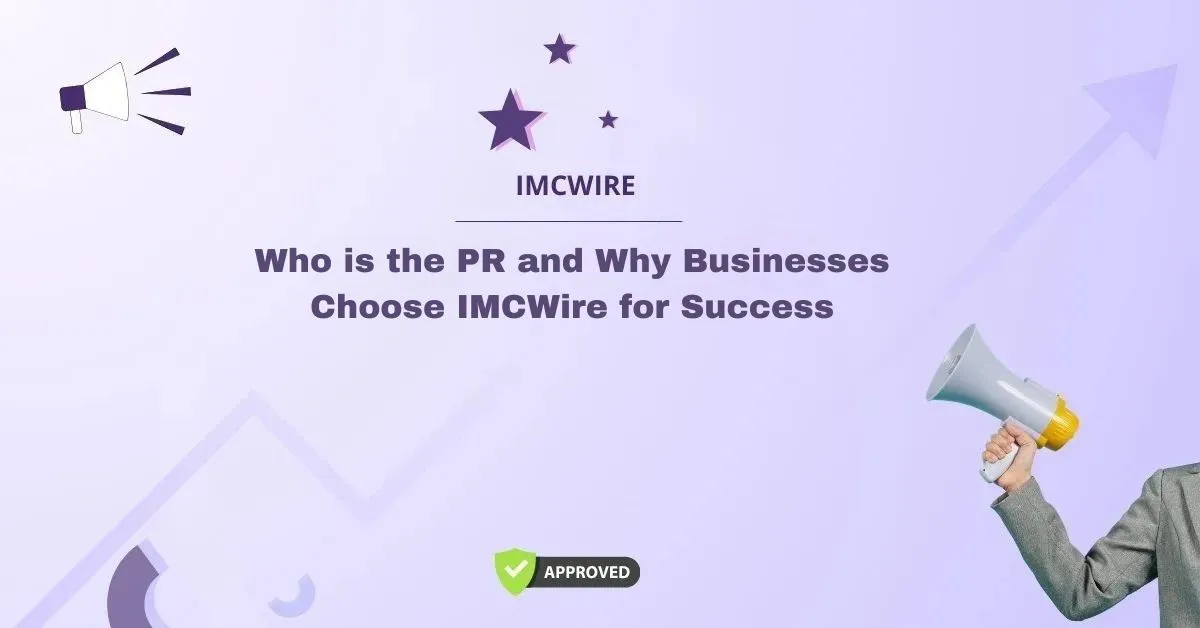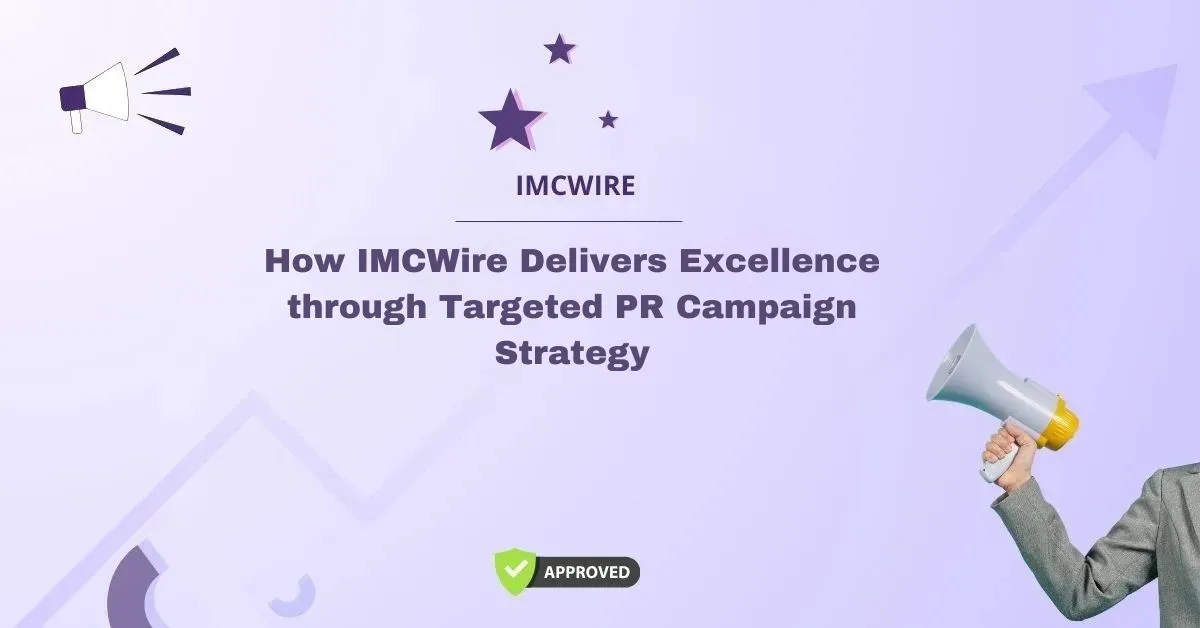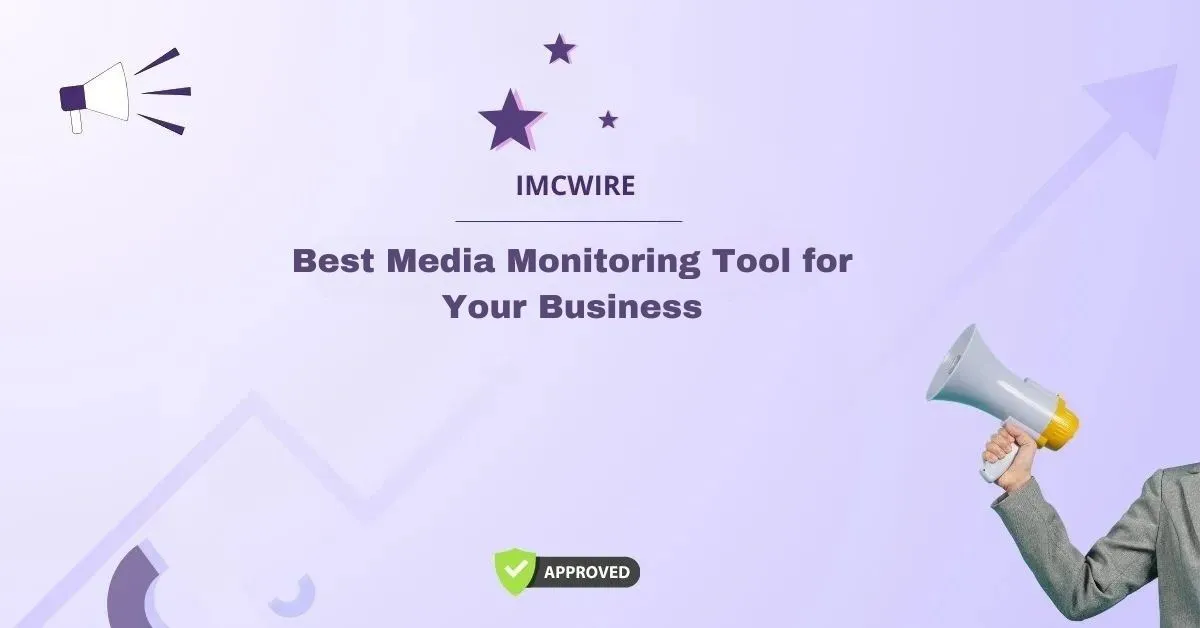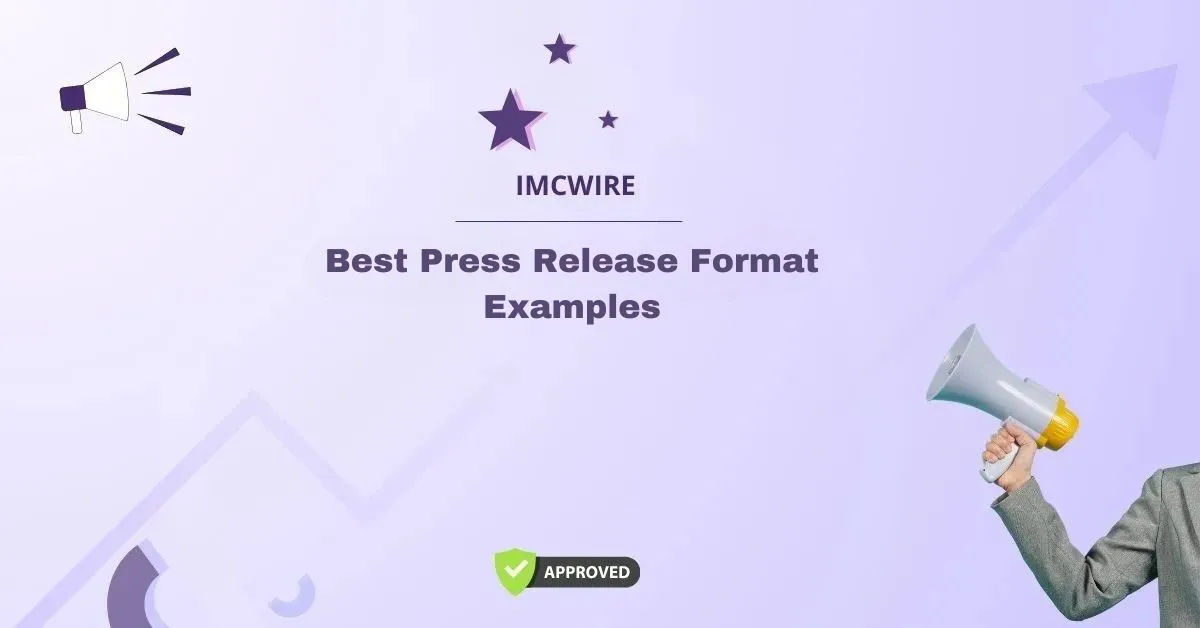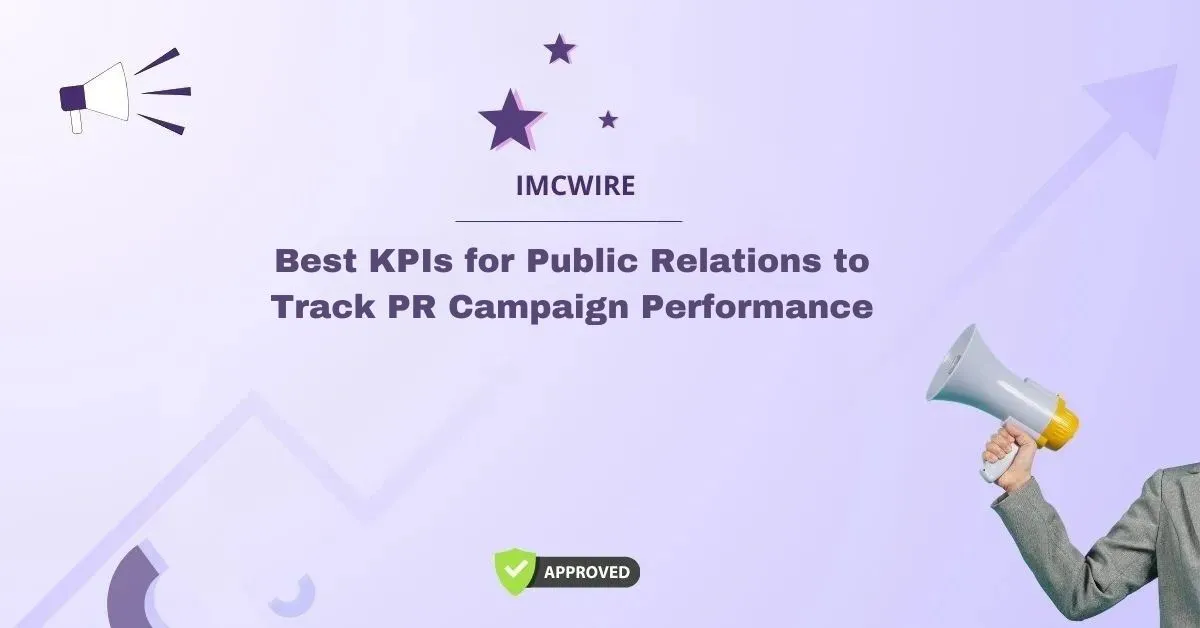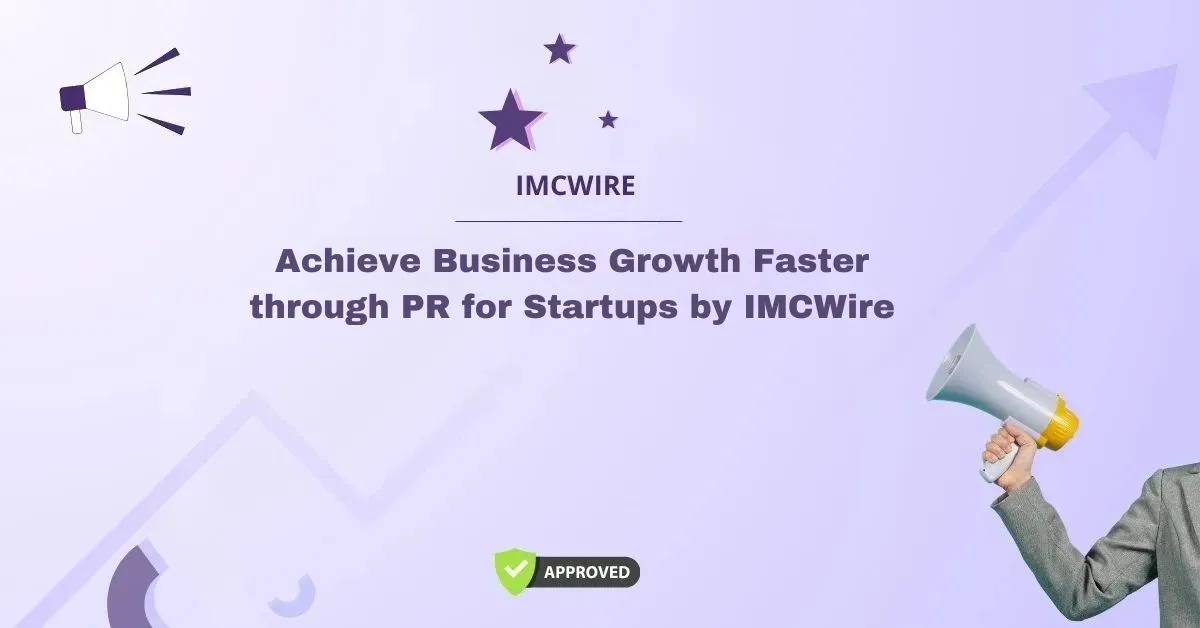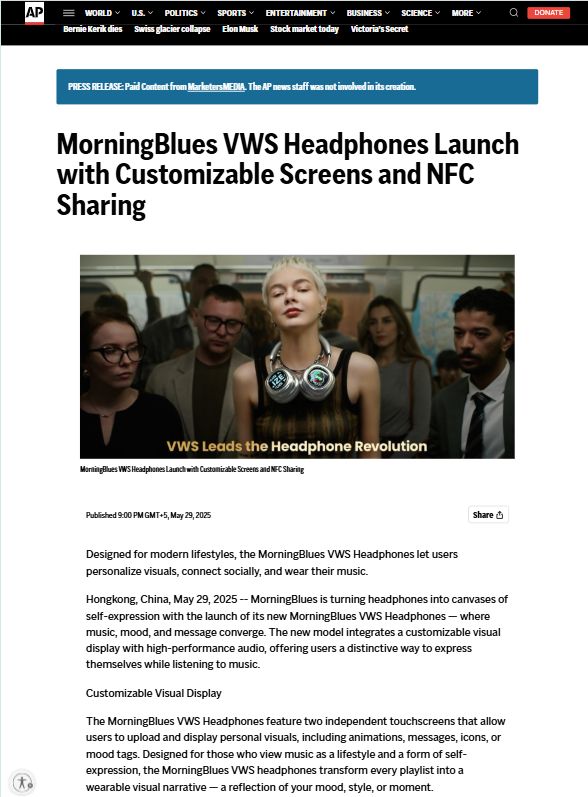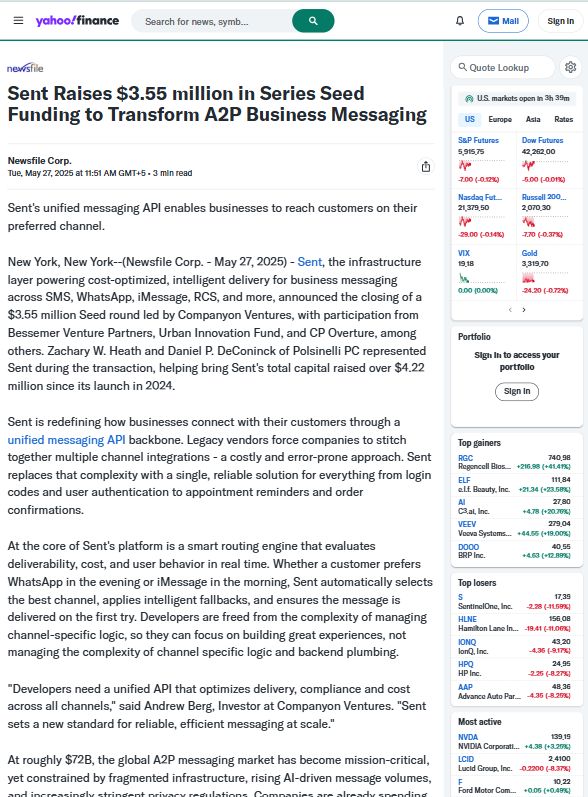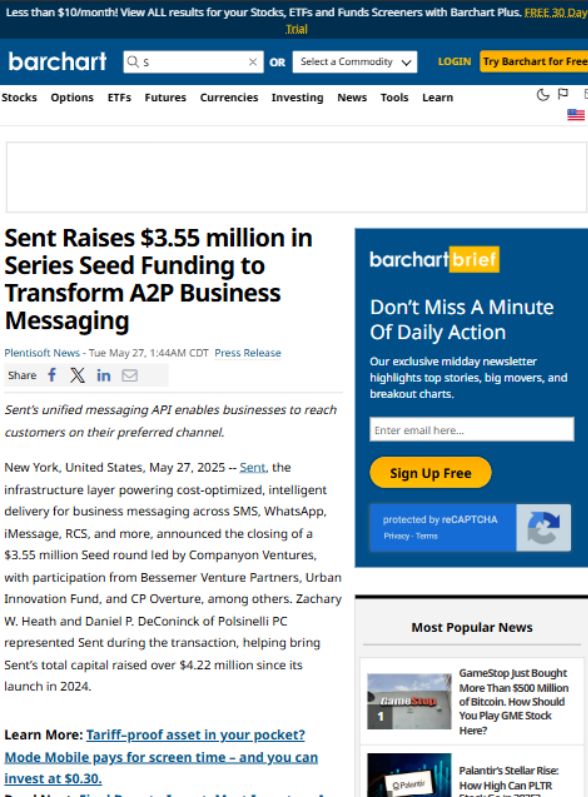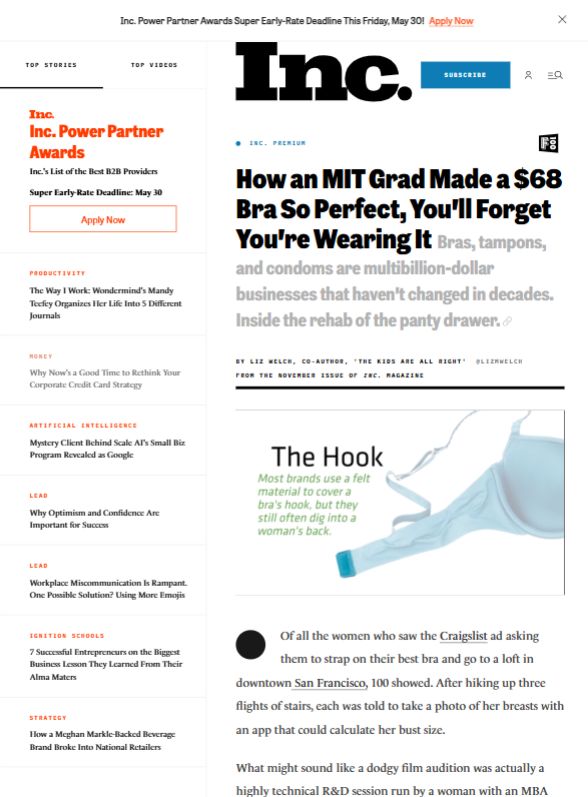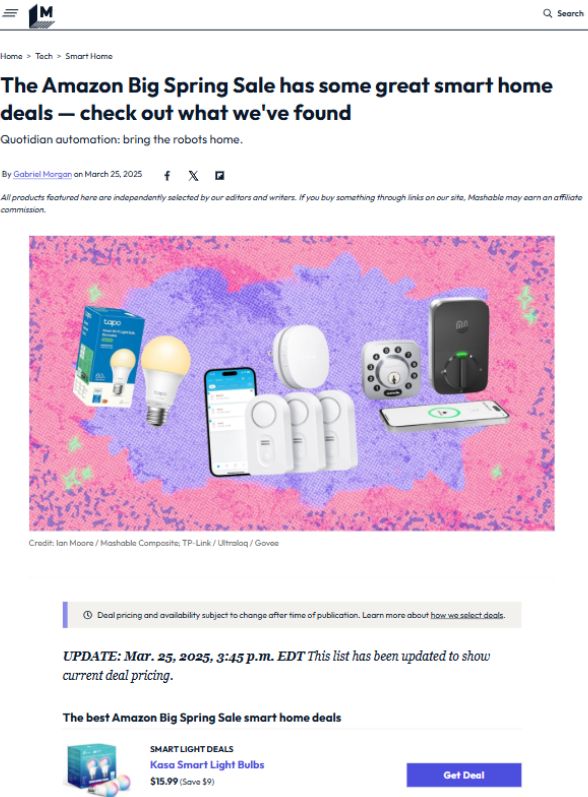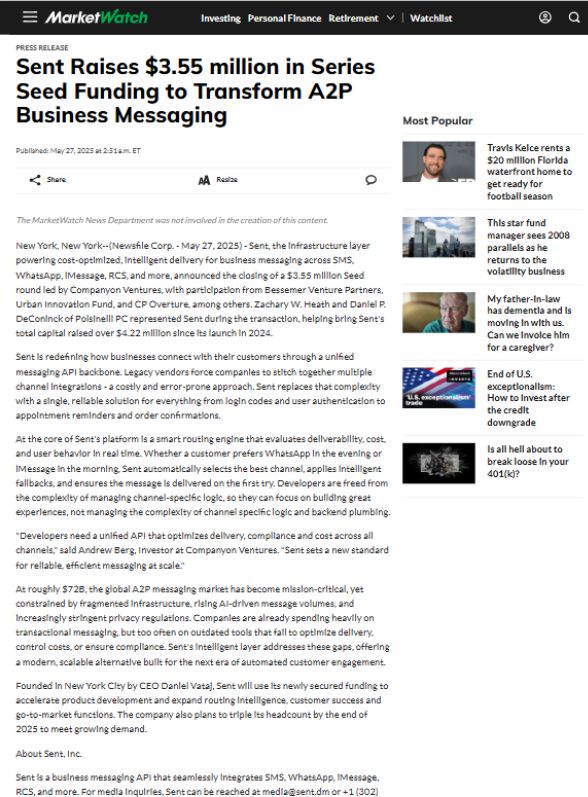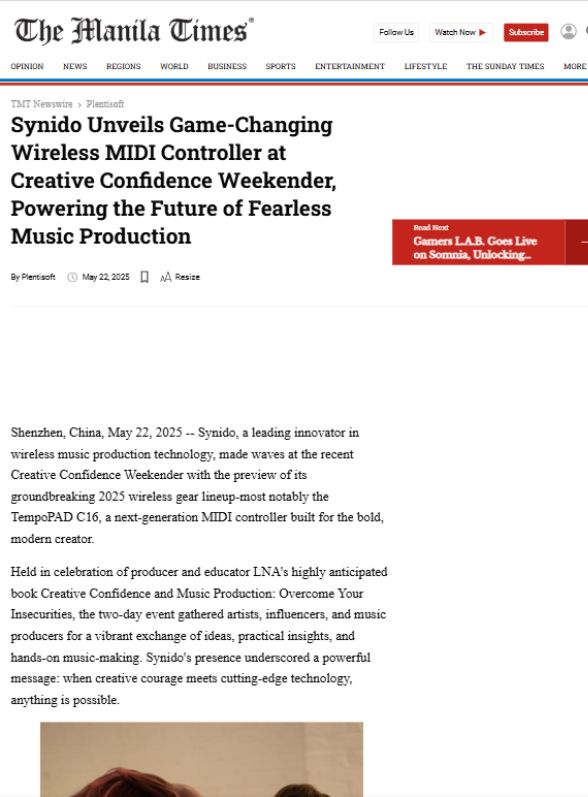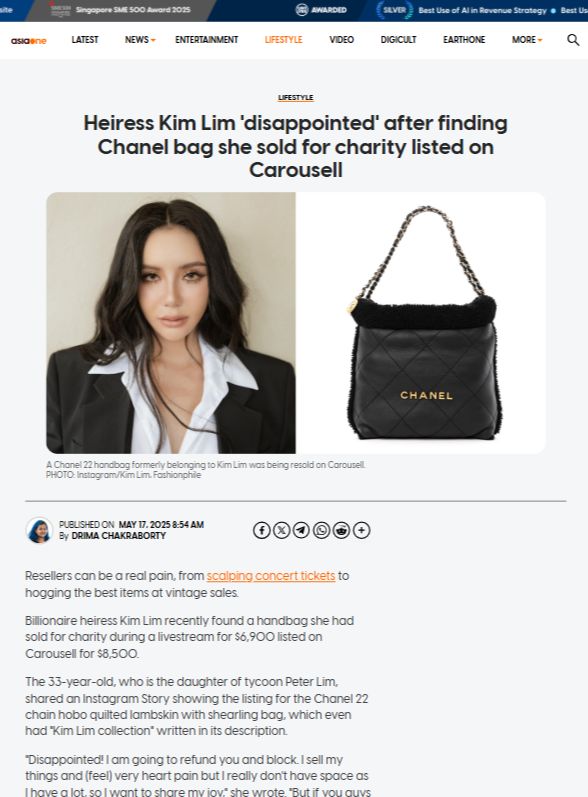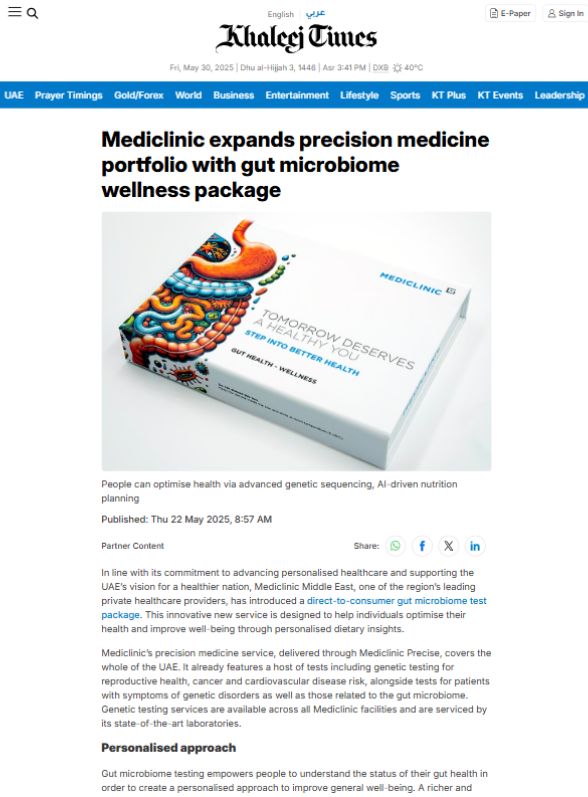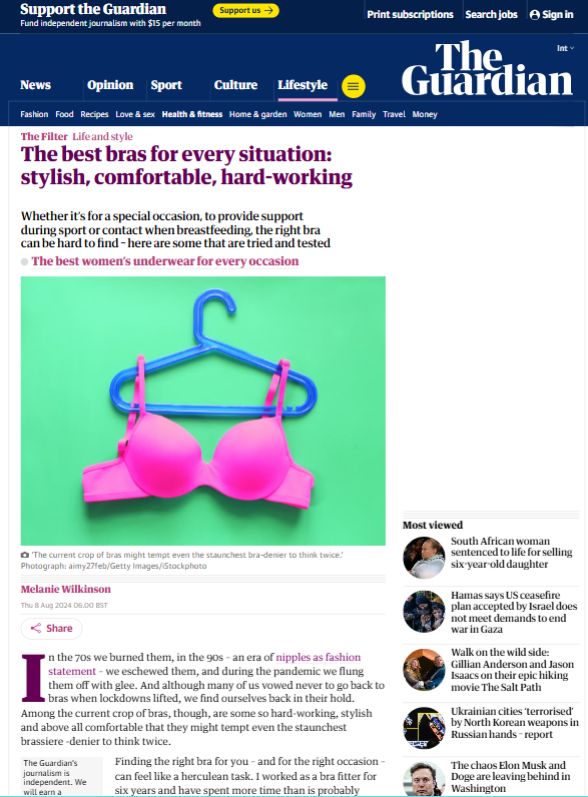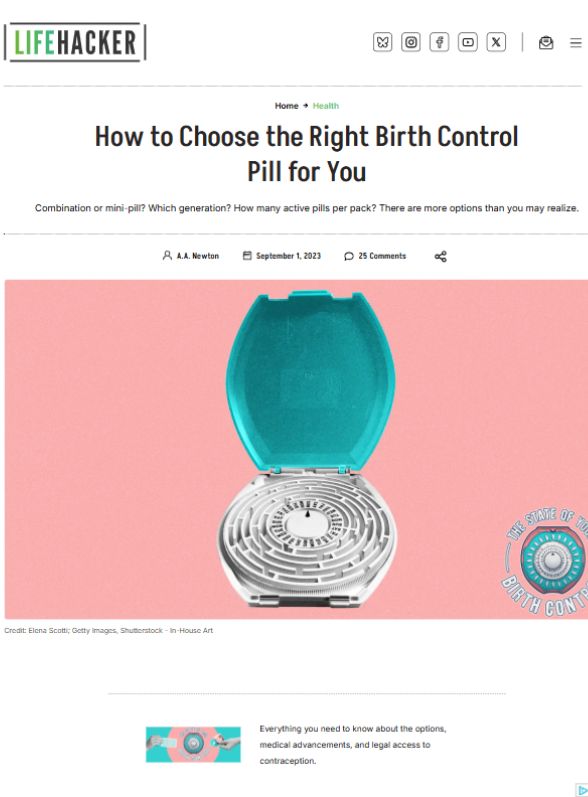Have your corporate press releases lost their impact on search rankings? If your brand visibility has taken a hit, Google’s evolving emphasis on E-E-A-T—Experience, Expertise, Authoritativeness, and Trustworthiness—could be the root cause. With Google’s algorithm updates becoming more sophisticated, corporate communications must now go beyond basic PR structure. EEAT is no longer just a guideline—it’s a make-or-break standard for online credibility.
In the competitive digital landscape, press releases that fail to reflect genuine expertise and trustworthiness are less likely to rank well or be indexed efficiently. That’s why EEAT recovery strategies for corporate press releases are vital for companies looking to regain search traction and restore online authority.
This blog explores actionable EEAT recovery methods tailored specifically for corporate press release campaigns, helping your brand thrive in Google’s content quality ecosystem.
Table of Contents
Why EEAT Matters in Corporate Press Releases
Press releases are traditionally seen as company announcements, but search engines view them through a stricter lens today. A release that lacks credible sourcing, genuine experience, or domain-specific authority is often treated as low-value content.
EEAT signals help Google distinguish real brands from manipulative SEO efforts. Here’s how each component applies:
- Experience – Has the content been written by someone who understands the subject or industry?
- Expertise – Does the release contain expert-level insights?
- Authoritativeness – Is the company a recognized source in its field?
- Trustworthiness – Is the content transparent, accurate, and verifiable?
To align press releases with EEAT, brands need to treat them as more than PR tools—they must be content assets that reflect real industry thought leadership.
Common Signs Your Press Releases Need EEAT Recovery
Before implementing EEAT recovery strategies, identify whether your current or past press releases exhibit these red flags:
- Poor search engine visibility or deindexing
- Rejections from authoritative distribution networks
- Lack of third-party citations or backlinks
- Content written without attribution or by generic “staff writers”
- Overuse of promotional language without factual support
- No author bio, external validation, or expert quotes
These signs indicate a breakdown in EEAT alignment and signal the need for a structured recovery approach.
EEAT Recovery Strategies for Corporate Press Releases
1. Attribute Releases to Real Experts or Leaders
Google prioritizes content written by individuals with real-world expertise. Instead of publishing under “Team” or “Company Staff,” attribute press releases to:
- CEOs or senior executives
- Department heads with relevant experience
- Subject-matter experts
Include a short author bio or quote that establishes credibility. A simple tweak like this builds trust and boosts perceived authority.
2. Include First-Hand or Unique Experience
Press releases shouldn’t read like generic marketing copy. Add details that prove direct experience, such as:
- Internal case studies
- Leadership insights
- Behind-the-scenes decisions
- Data from original research
This aligns with the “Experience” aspect of EEAT, showing that the organization has genuinely participated in what it’s reporting.
3. Strengthen Authoritativeness Through Third-Party References
Mention awards, partnerships, media mentions, or third-party validations. These build the “Authoritativeness” layer of EEAT.
Examples:
- “Our AI solution was named a finalist at the 2024 TechCrunch Innovation Awards.”
- “In collaboration with the University of Chicago’s Research Lab…”
When credible external sources are cited, it demonstrates that others recognize your authority.
4. Optimize for Transparency and Trust
Trust is fragile—especially in corporate communication. To improve trustworthiness in press releases:
- Clearly cite facts and figures
- Link to relevant legal documents, studies, or financial disclosures
- Avoid exaggerated or unverifiable claims
- Use a journalistic tone instead of marketing hype
Also, ensure your press release follows brand voice policies and includes accurate contact information.
5. Distribute Via Authoritative Newswire Channels
Not all press release platforms are created equal. For EEAT-driven results, use distribution channels that are:
- Recognized by Google News
- Partnered with authoritative publishers
- Known for strict content quality guidelines
Platforms like IMCWire provide corporate clients with trusted syndication that supports EEAT recovery by publishing on reputable news sites.
6. Enrich Releases with Structured Data and Schema Markup
Enhancing technical SEO is another aspect of EEAT alignment. Use structured data (e.g., “NewsArticle” schema) to help Google understand:
- The headline and publication date
- The publisher’s name
- Author information
- Keywords and categories
When Google’s crawlers can clearly interpret your content, the chances of indexing and ranking improve significantly.
7. Leverage Multimedia to Boost Experience and Engagement
Multimedia adds depth, context, and authenticity to press releases. Try integrating:
- Original images from product launches or events
- Executive video interviews
- Charts or infographics with original data
Not only does this enhance user experience, but it also signals original value to search engines—key to EEAT recovery.
8. Include Quotes That Showcase Expertise
A well-placed quote can inject credibility and personality. Instead of fluff, use quotes that offer specific commentary or foresight.
Example:
“Our Q2 growth stems from early investments in AI modeling,” said CFO Jane Doe. “It allowed us to scale predictions and reduce operational risk by 18%.”
This level of detail conveys true expertise and sets your press release apart from generic content.
9. Maintain a Consistent Publishing History
One-off press releases won’t build EEAT. Publishing regularly on your newsroom page and through trusted platforms helps:
- Demonstrate consistent domain authority
- Keep your brand top-of-mind for journalists and search engines
- Train algorithms to treat your domain as a reliable source
Plan a quarterly or monthly PR cadence with editorial-quality content.
10. Integrate Your Press Release Into Broader EEAT Assets
Your press release shouldn’t live in isolation. Link it from:
- Expert blogs on your corporate site
- Executive bios with author pages
- Your LinkedIn and Google Business profiles
- Product pages that elaborate on the release
This interconnected web reinforces trust and builds stronger semantic relationships for Google’s algorithms.
Bonus: Use IMCWire’s EEAT-Friendly Distribution Model
At IMCWire, our press release distribution services are designed with EEAT in mind. We help corporate clients:
- Get published on authoritative domains
- Feature real authors and quotes
- Provide expert review for tone and credibility
- Implement schema markup and SEO best practices
Our model ensures every press release not only informs your audience but also strengthens your brand’s online authority.
Final Thoughts
As Google continues tightening its content quality requirements, businesses must adapt their PR strategies. Generic or promotional press releases no longer cut it. Instead, your communications must reflect real-world experience, domain authority, and factual trustworthiness.
Implementing the EEAT recovery strategies for corporate press releases shared in this guide is not just about better rankings—it’s about building sustainable online reputation and trust.
By treating press releases as high-value content assets and aligning them with Google’s EEAT framework, brands can regain visibility, influence, and credibility across digital channels.
Now is the time to elevate your PR game—strategically, credibly, and consistently.

